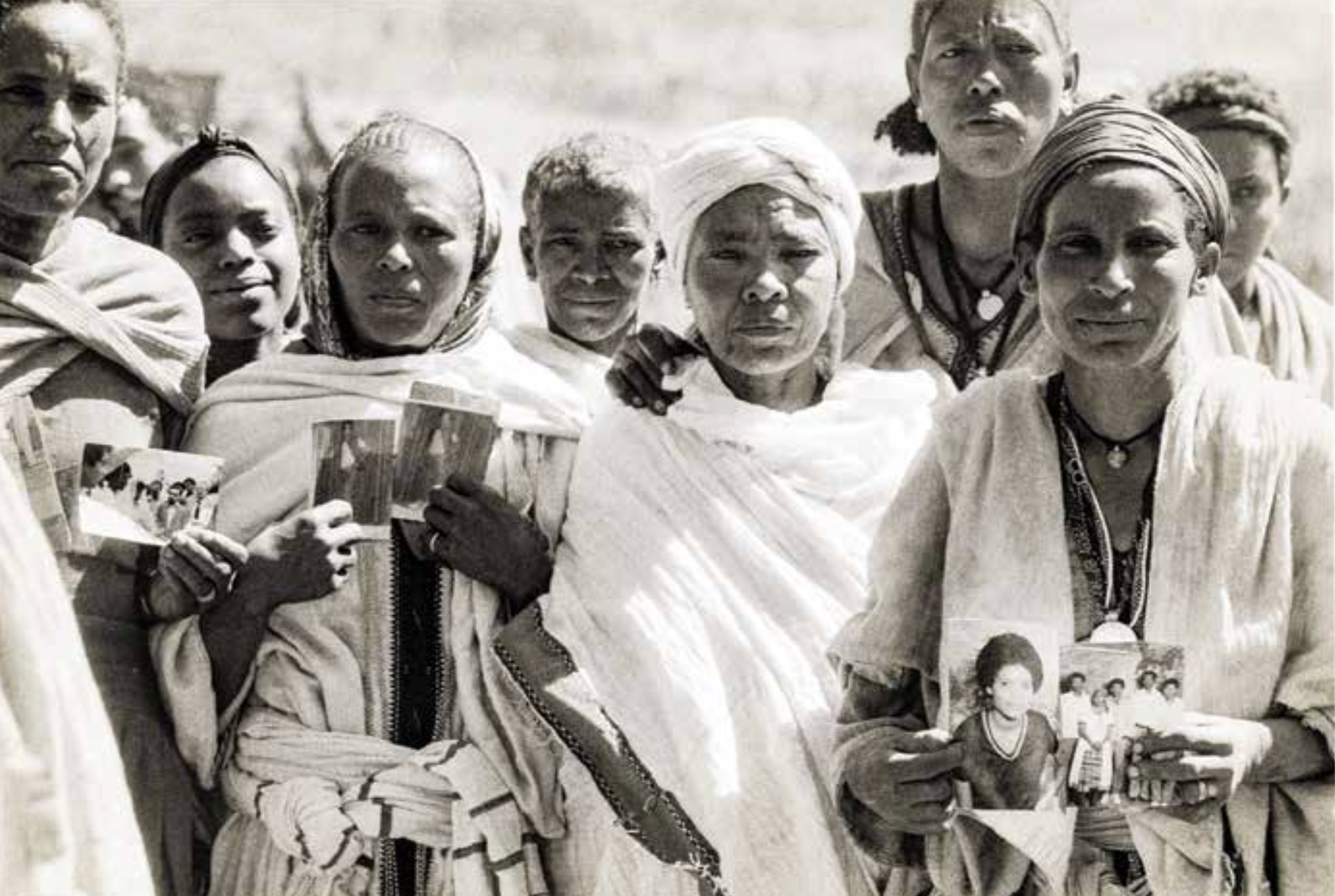
Unsung Heroines Dept.
Lilith photographer Joan Roth first visited Ethiopia in the 1980s, to document the Jewish community. It’s where she encountered Susan Pollack.
In 1983, at a dinner party in New York, I heard for the very first time about Jews who had been living in Ethiopia for three thousand years. The next year I joined a “cultural trip” to Ethiopia and had the opportunity to document the lives of the Jewish community, photographs now used as remembrance, because most Jews have since left Ethiopia. In 1991 an extraordinary two-day airlift evacuated almost the entire endangered community and transported them to Israel.
One person instrumental in making this happen was an American Jewish woman whose determination to get the Jews out helped them to realize their dream of “returning” to Israel. When Susan first went to Ethiopia, in 1983, she had been warmly welcomed as a foreign visitor, after convincing Ethiopian immigration officials she was more interested in history than politics so would be no threat to the state. “It did not occur to them I would ever be capable of doing something significant to impact their country. They saw me as a dilettante, a traveler, interested in culture. So, yeah, she wants to visit Ethiopian Jewish communities in Gondar. Let her visit, they said, and did all they could to help,” Pollack told Lilith.
Eight years later, the airlift took place. Abraham Rabinovitch, writing in the Jerusalem Post in 1992, noted Susan’s decision to bring 18,000 Jews from Ethiopia’s mountains down into the capital city in one fell swoop. “Against the wishes of the Ethiopian government, the Israeli government and all other agencies working in the field, the 37-year-old American woman succeeded in getting Ethiopia’s Jews out of Gondar to Addis Ababa, thus laying the ground for Operation Solomon.”
“Can you imagine?” Susan asked attendees at The Fifth Conference of the Yerusalem Forum—“The Untold Story of the Aliyah” at the Tel Aviv, Cinematheque in November 2022. “You hear by word of mouth the day has come when everyone is packing up and leaving to go to a land your ancestors cried over for 3,000 years–and you just pack up and go? To me, it’s one of the most inspiring chapters in all of history.”
I joined Susan at this conference, where she was honored by the Ethiopian community. The event included Ethiopian-Israeli and American activists who had worked together in the 1990s. Their focus now is to make visible the unsung heroes of this Ethiopian aliyah movement and to highlight the role of Ethiopian Jews as agents of change who led their people out of oppressive circumstances to freedom and safety in Israel. Activists want to ensure these heroes are included in Jewish communities’ history books and Israel’s curriculum.
I first met Susan in 1985, before her work was notable. We were both present at the Sigd pilgrimage on a mountaintop in the Jewish village of Ambober, Ethiopia. A holiday unique to Ethiopian Jews, Sigd takes place 50 days after Yom Kippur, when worshippers ascend a mountain to hear Quesoch (priests) read the Torah, to bow in submission before God and to pray for their “return” to Jerusalem. In November 1985 this seemed imminent. This was the only Sigd that foreign Jews had been allowed to attend since the onset of Ethiopia’s 1973 Communist revolution, and I was there to photograph the celebration. However, that day the Marxist governor of Gondar, the region where Jews lived, interrupted the prayer service and warned the community not to go to Israel, but to stay in Ethiopia, their homeland, declaring that Israel would enslave them.
Descending the mountain, worshippers responded by singing, “Ethiopia is for the Jews and the Jews are for Ethiopia.” Then, under their breath, they whispered, “But Israel is our eternal homeland.”
Pollack explained to me years later, “There’s always a call to action! One chooses to go, or not.” Her own call to action had come on a winter night in Jerusalem in 1981, when she attended a lecture on Ethiopian Jews, a people completely unknown to her, in a nearly empty auditorium at Hebrew Union College. Ethiopian-Israeli radio host Rachamim Elizar, who immigrated in 1972, and Howard Lenhoff, then-president of the American Association of Ethiopian Jews (AAEJ), spoke—as if the room were filled—about thousands of Jews walking to Sudan expecting safe passage to Israel, of those who died along the way.
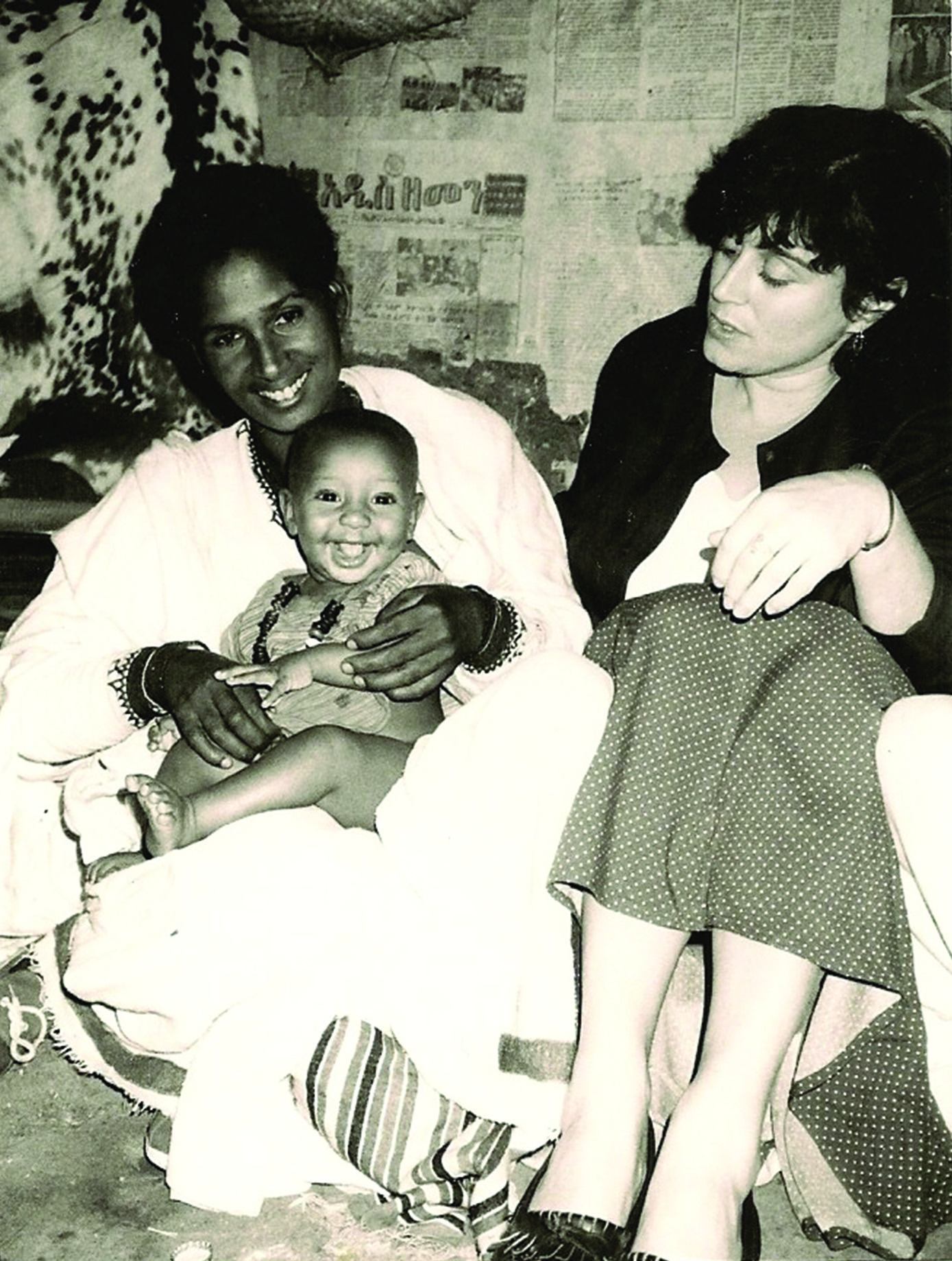

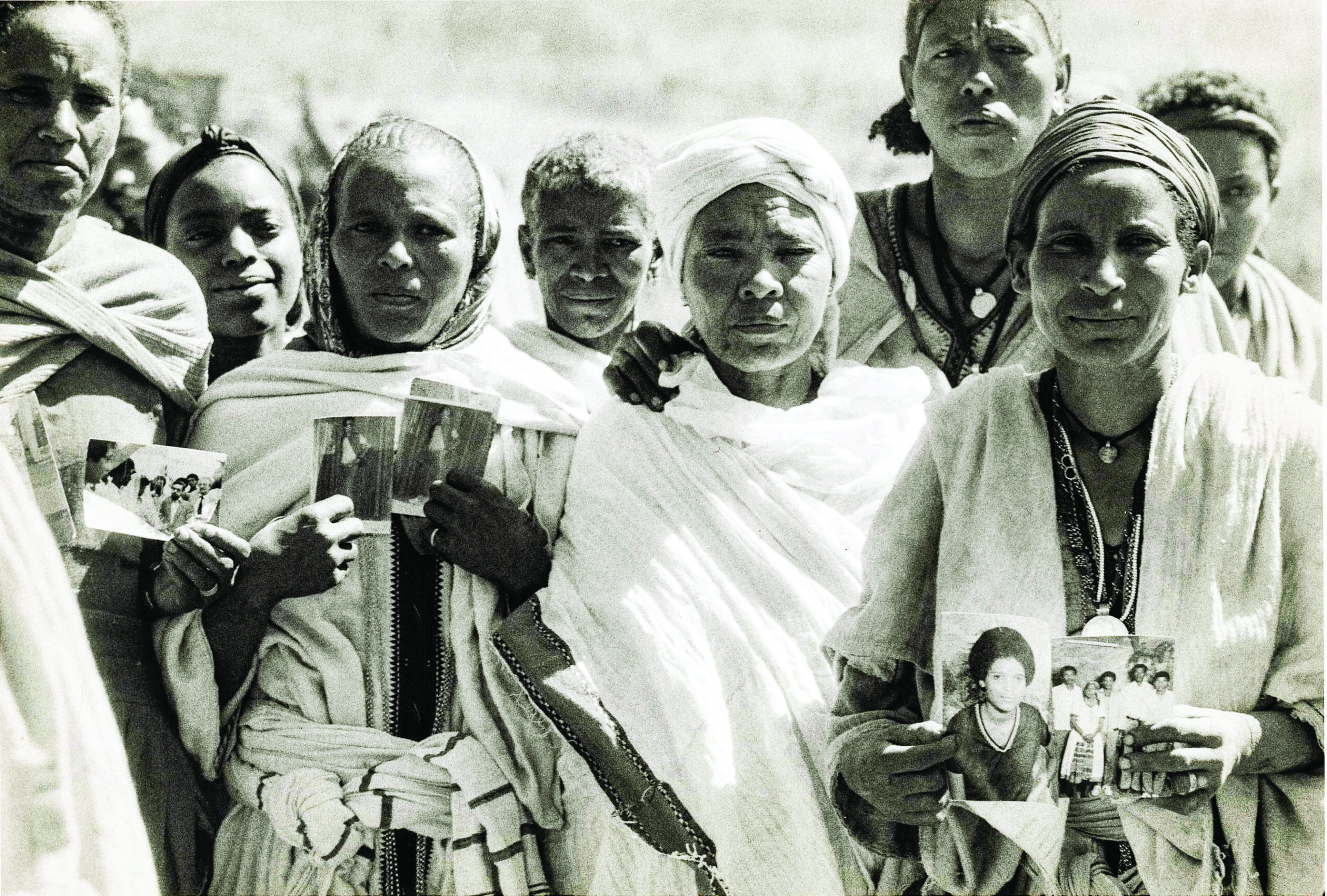
She remained steadfast that, sooner or later, the men in power would see it her way. And they did.
Susan went back to Toronto, where she had been living, to volunteer at the Canadian Association of Ethiopian Jews (CAEJ). Soon she was asked to deliver eight boxes of medical supplies from a Canadian company to the health clinic in Ambober. Civil war between the Marxist military government and the Tigrayan rebels was raging; both sides needed these supplies, and no one else was will- ing to bring them.
I accompanied Susan on one of her later trips when she traveled to Ethiopia with her then-assistant Dvora Greisman, now a colleague and friend. We went to Jewish villages off-limits to tourists, bringing funds and reassurance to Jewish women whose husbands had left for Sudan. Accompanying us was Qes (priest) Ymanu Tamet.
“It’s pretty crazy what we did. We were in Jeeps in the middle of nowhere, amidst civil war, acting as if nothing extraordinary was happening,” Dvora recalls. One evening, the receptionist at the Ghoa Hotel announced over the loudspeaker, “Miss Susan, you have a visitor. Our comrade Governor Melaku is here to see you.” There he was—the man in full commando regalia who had publicly threatened the Jewish community at the Sigd! Though I was terrified, Susan seemed completely at ease. Neither Dvora nor I were aware of Susan’s daring dissemination of thousands of dollars she’d hidden in her bra. In Melaku’s office later, when Susan slid $10,000 across the table, I caught on to her strategy of maintaining civil-military relations with the state party.
One of the most captivating moments of our trip was the discovery of our friend Babu Yacob’s parents, who were in hiding. His prophetic father foretold our futures: Dvora would make aliyah, Susan would do great things, and I would remarry. “The fact that these three women were in Addis Ababa, even though the political climate was deteriorating and diplomatic relations between Israel and Ethiopia had soured, was spiritually uplifting,” Babu told us recently.
That’s when I learned a little of the back-story. Around the time of the 1973 Yom Kippur war Israel severed diplomatic relations with Ethiopia. One year later, Emperor Haile Selassie was overthrown by Colonel Mengistu Haile Miriam whose government policies of land reform and eradicating tribal differences, combined with his anti-religious and anti-Zionist propaganda, led to renewed hostilities against Ethiopian Jews. Many were forced out of their villages, foreign and Jewish groups were shut down, Hebrew was forbidden and its teachers arrested.
Thousands of Jews walked to the Sudan, hoping to obtain safe passage to Israel. Thousands died on the way, more languished in UNCHR refugee camps, surrounded by armed guards. Except, it was 1981, and the Mossad, the Israeli Intelligence Agency, had been “disappearing” small groups from Sudanese refugee camps in secret missions since 1979. And, then, starting on November 21, 1984, Operation Moses, the first large-scale airlift, transported 8,000 Ethiopian Jews from Khartoum to Israel, in 30 outbound flights, completed on January 5, 1985.
After news of the airlift was leaked to the press, the Sudanese government suspended all future flights, and Sudan was blocked as an escape route. Political tensions forced Jewish refugees’ repatriation to Ethiopia, where thousands of Jews awaited emigration. Although rescue was only a matter of time, time was running out. “We had nothing, no shelter, no money, no food. Nothing. Famine, drought, disease and civil war engulfed the country,” Ethiopian-Israeli Shemay Belay told me. “If Susan hadn’t stepped in when she did, we all would have died.”
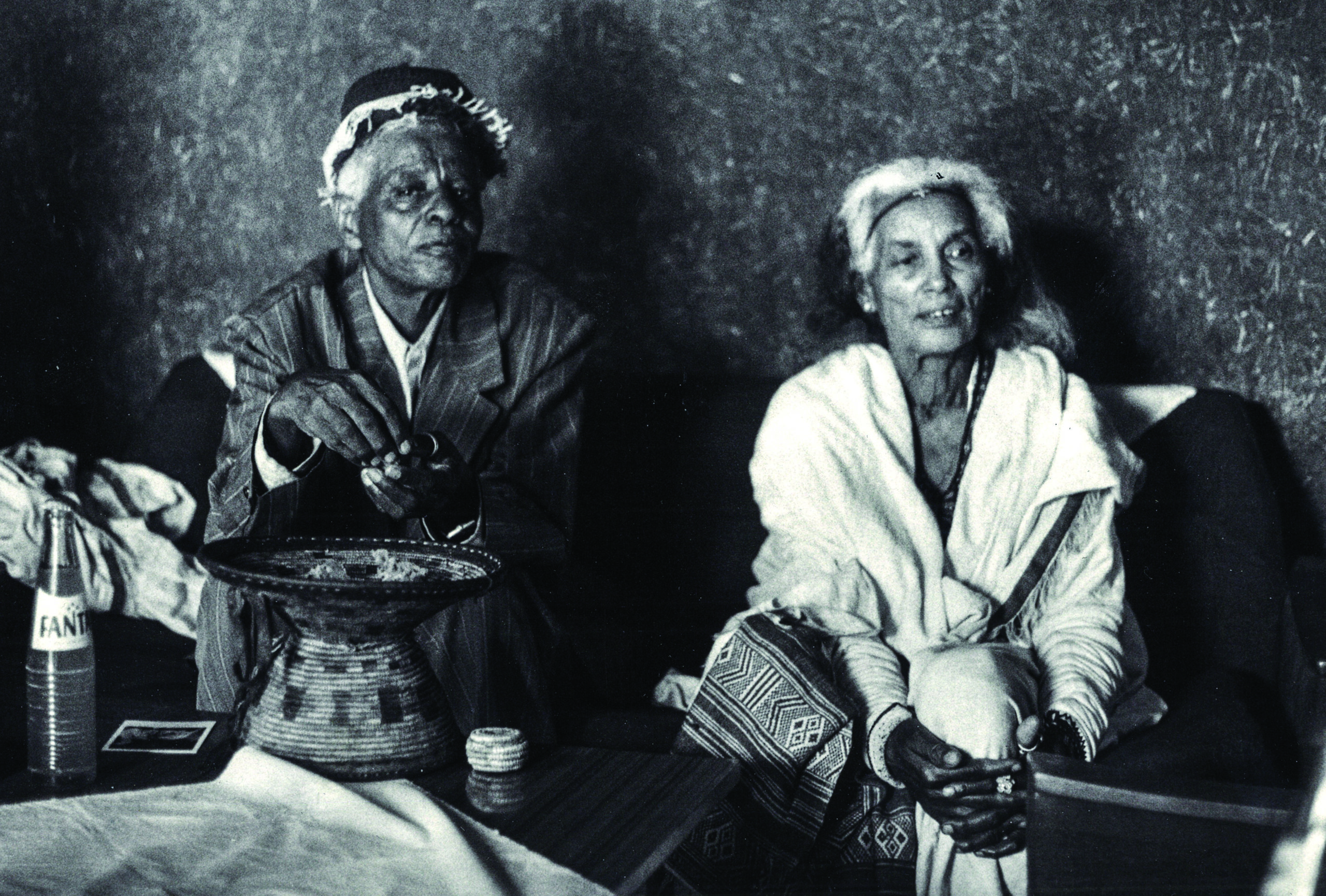
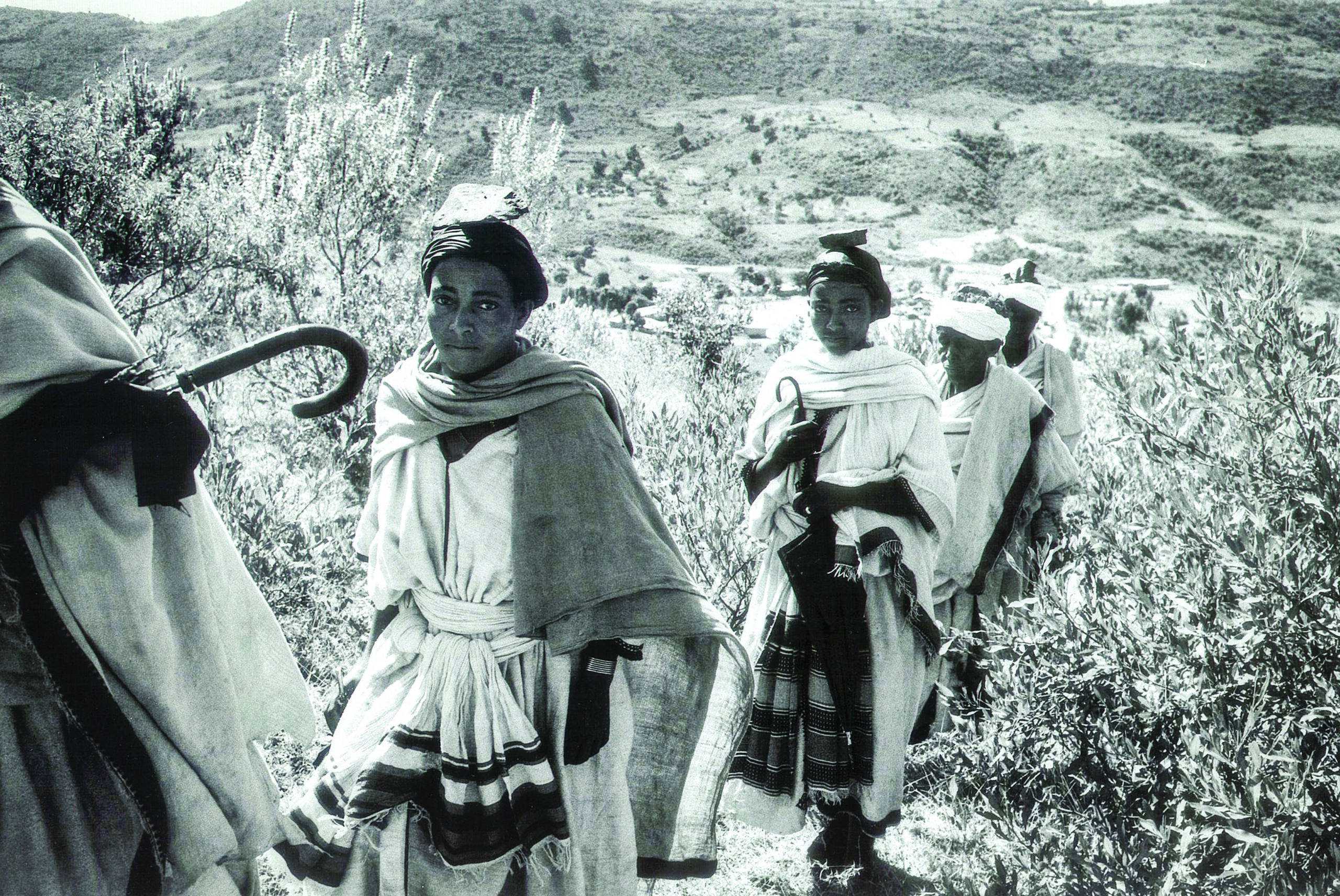
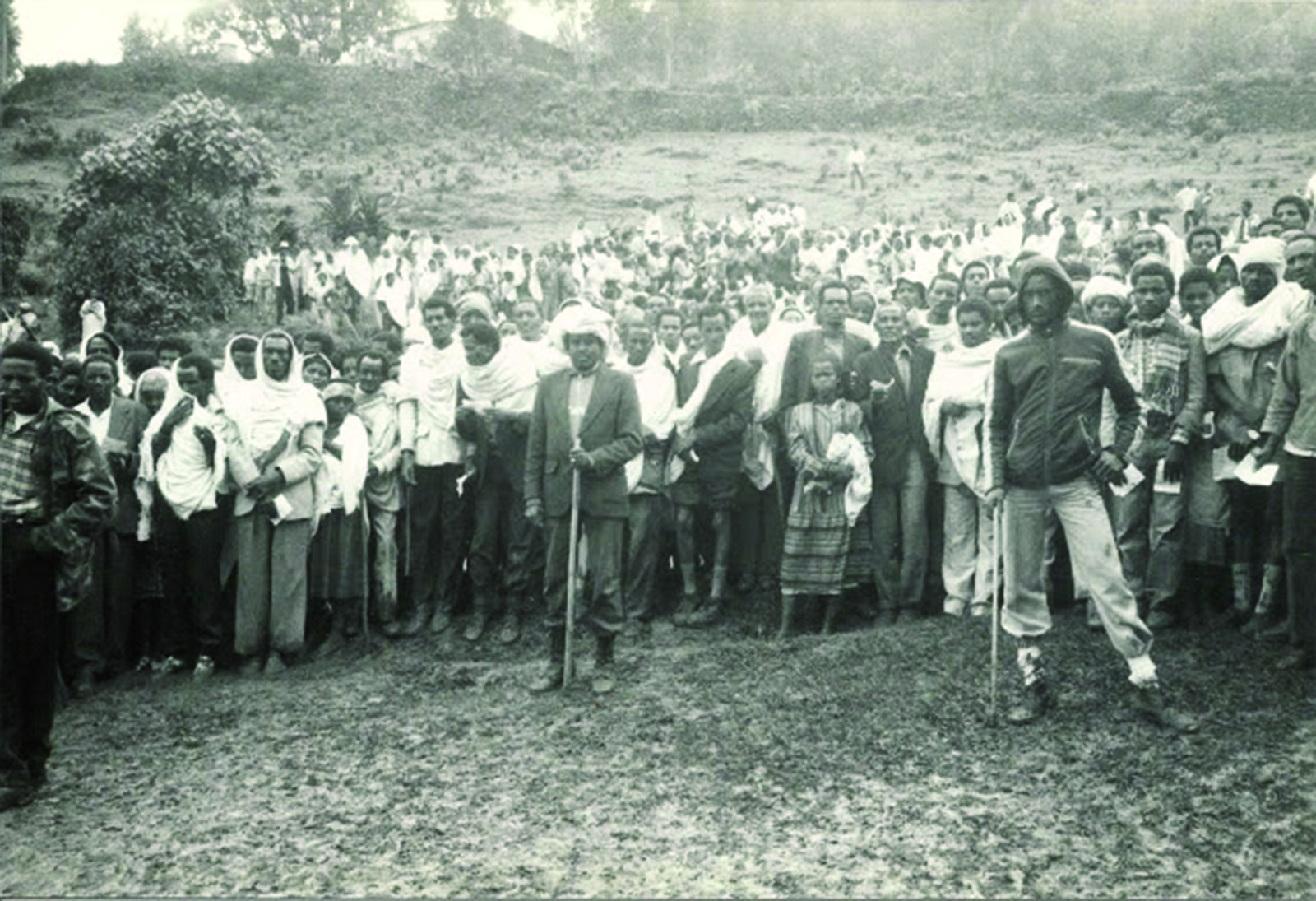
Here’s what Susan did. In 1989 the American Association of Ethiopian Jewry (AAEJ) agreed to send her to Ethiopia as their resident director in charge of rescue, despite their fears that the job was “risky for a woman.” Shortly after, a group of respected Ethiopian Jewish elders who had been left behind during Operation Moses presented to her their idea of a mass evacuation from the mountain villages. She embraced the idea wholeheartedly as the only way to succeed in bringing the Jews from Gondar to Addis Ababa, with its runways capable of landing large planes from the Israeli Air Force and El Al. She agreed it was the right idea to transport 18,000 endangered Jews, scattered among 300 villages, to the capital city, but her organization challenged the plan, asking “Where will you put them all?”
According to Susan, she then telephoned Graenum Berger, founder of AAEJ and one of the first Americans to advocate on behalf of Ethiopian Jews. He said, “You have to get the Jews out now. You can’t sit back and hope someone will do something. You have to do it yourself.”
Others had advised her to bring down only a few people at a time, so their presence wouldn’t be as noticeable, especially because relationships between Ethiopia and Israel were strained, and it was treason, punishable by death, to attempt to leave Ethiopia for Israel. There was shock when, as one AAEJ leader put it to me at a dinner in New York City years later, “Susan brought down the entire country.”
On the outskirts of Addis Ababa, she opened a transit camp the Ethiopians called “Susa’s Compound,” rented from a government-sanctioned Ethiopian Coptic Church with a priest who turned his eyes away from what was going on. The hideout consisted of three acres of land set apart by a retaining wall, iron gates and four buildings fortified by guards. The main building became the intake center where new arrivals registered their names and villages, and told their stories.
On the way from Gondar to Addis Ababa, Jews had to pass through seven military checkpoints requiring travel permits from local police, banks, and tax officials. “We bribed all those officials. I will never forget the day when Berhanu Yerdu, my most trusted aide, a righteous gentile hero, showed up carrying a box in his hand with the official Gondar Province stamp inside, having persuaded a government official to give it to him,” reports Susan.
Susan had organized a team of Christian and Jewish men as emissaries to the transport program. Fesseha Meheret, an Ethiopian Jewish activist, led a five-man delegation up the mountains to deliver her directive, via megaphone, “The time has come,” he bellowed, “for us to leave.” Eventually, Fesseha Meheret was arrested, imprisoned and sentenced to death for helping his brethren leave Gondar illegally. He had been jailed about a month when Susan’s powerful efforts freed him.
Word spread. Women with babies strapped to their backs, elders exhausted, weak and malnourished poured out of the hills into the compound. Everyone thought they were leaving for Jerusalem tonight—that very night. It was heartbreaking to tell them, not only weren’t they leaving immediately, they would wait two years.
Ultimately the Ethiopian regime figured out her scheme. Yet, no matter how horrific the situation got, she remained steadfast that, sooner or later, the men in power would see it her way. And they did. She won support of both the Israel and American embassies. “All activists need protectors to help buttress against the enemy. From the first moment the Israelis showed up they promised to make the airlift happen, and did,” and although the situation on the ground was intense the Israelis persuaded the rebels to stand down for 36 hours before they would declare their victory.
In an unprecedented historical mission, from May 24 to May 25, 1991, a covert Israeli military operation dubbed Operation Solomon airlifted 14,325 Ethiopian Jews to Israel on 35 nonstop flights in 36 hours. One plane carried 1,088 people, including two babies born on the flight, establishing a world record for the most passengers ever on an aircraft. Eight more were born as their mothers waited to board.
In 2015, then-Knesset member Shimon Solomon, an Ethiopian Israeli, assembled the Ethiopian-Israeli community at the Knesset to express their gratitude. “Susan could have chosen a much easier life in the United States. Instead, she came to Ethiopia to help other Jews, even at the price of putting her life in danger, not once, but too often.”
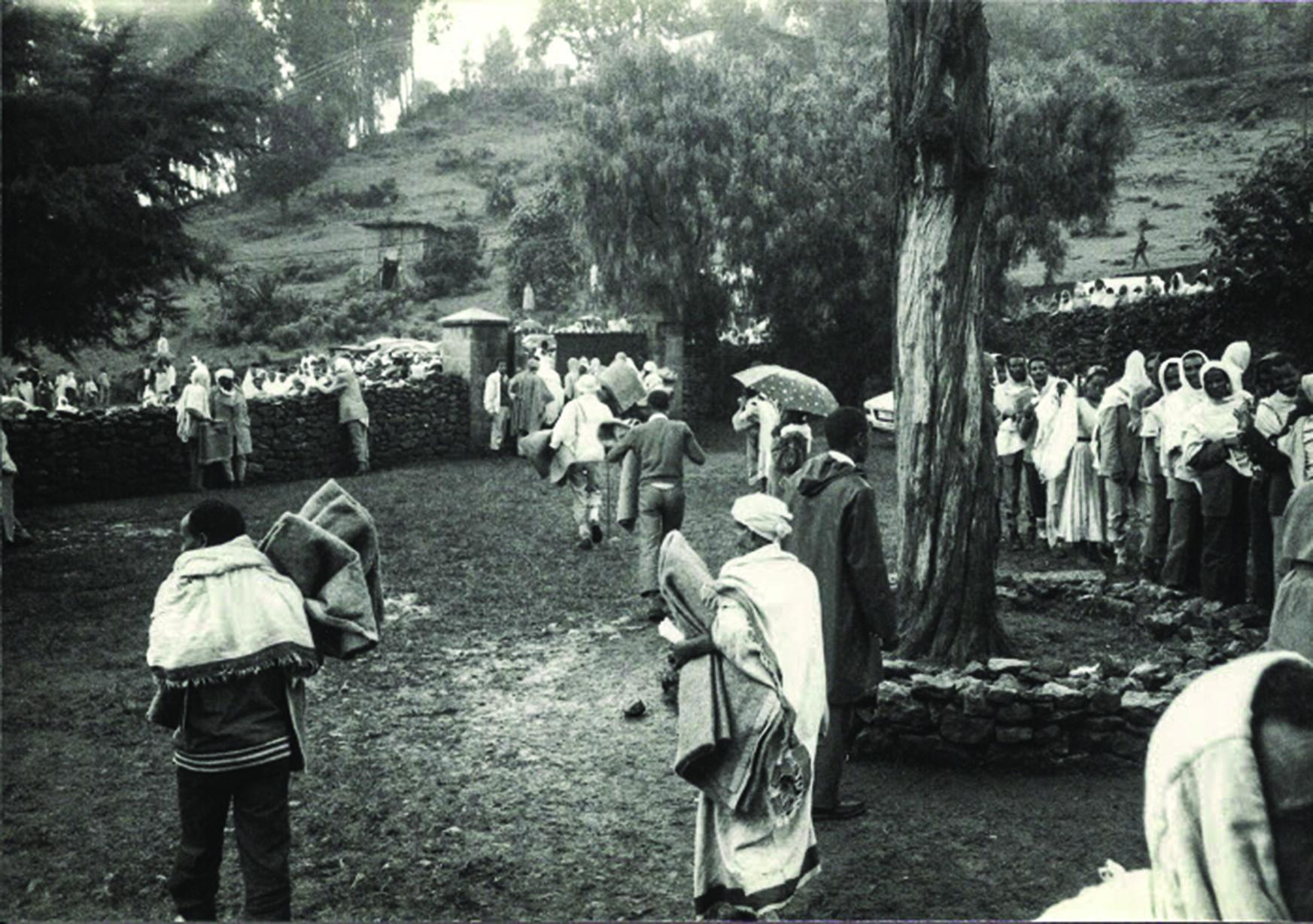
As for me, the photos I took those years ago in the mountain villages of Gondar endure. I’m asked more and more these days to show them in Ethiopian communities in Israel and in other countries. The next generations of Ethiopian Jews want to see how their grandparents lived.


